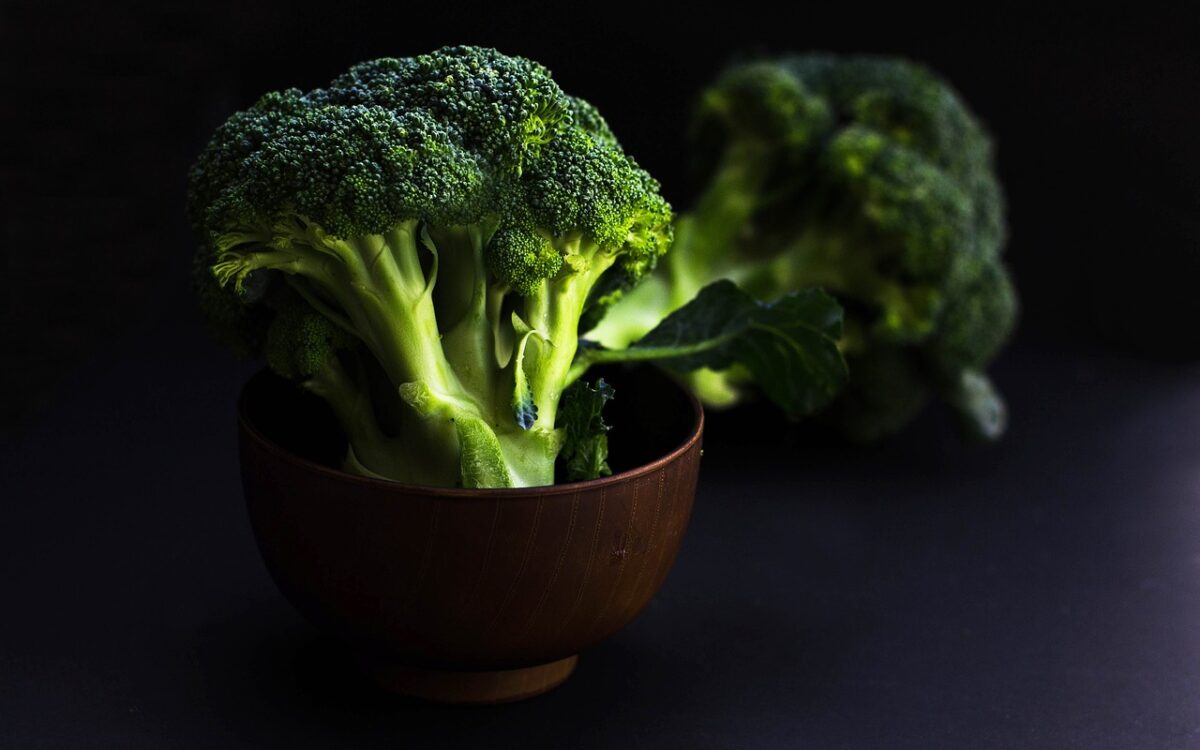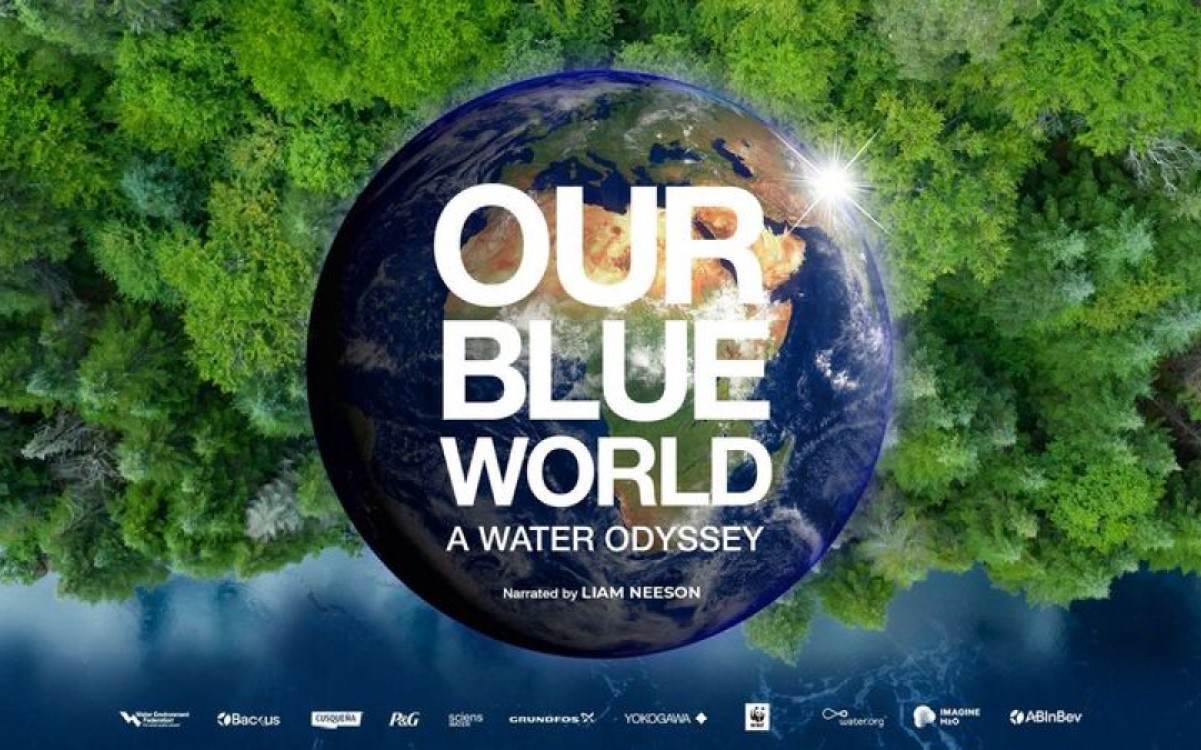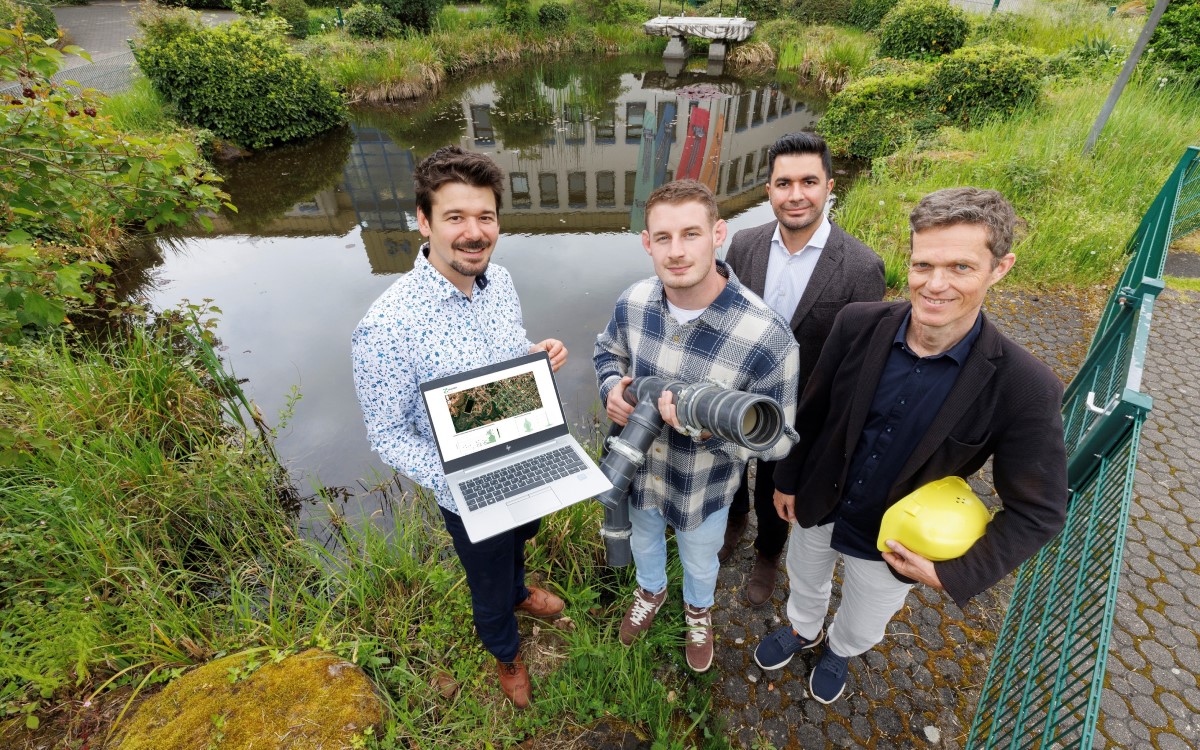October 4, 2023 Ι Anthropocene Magazine features a new study by a team of Australian researchers. They built a prototype of a self-sustaining floating farm that turns saltwater to freshwater. The self-sustaining system uses only seawater, solar energy, and soil to grow crops of broccoli, lettuce, and pak choi. In their experiments, 80% of the seedlings survived on seawater and sunshine – with little human involvement.
Critical feature: Interfacial solar evaporation
The novel invention departs from previous floating farm designs by building a two-tier structure that harvests freshwater from saltwater and provides it to the crops hovering above. Also, the water that this new system generates is so fresh that it’s safe enough to harvest even for humans to drink, the researchers found.
The critical feature at the core of their design is a process called interfacial solar evaporation. Simply, this relies on a seawater-absorbent material being heated by solar radiation, which traps the salt in the material while the fresh water is released as steam.
In the researchers’ prototype, they built a special chamber at the base which would float on the ocean’s surface, putting the absorbent material in contact with the sea. As the saturated material is heated, the steam is released from its tall vertical spires, so shaped to increase the surface area for water to evaporate from.
Then, up the sides of this floating chamber, the walls are lined with strips of highly absorbent bamboo paper—which the researchers call ‘belts’. As these become saturated by the condensing water, they transport it up to a second enclosed plant chamber that’s positioned above. These belts also run across the base of the higher chamber, from where they release the liquid directly into its soil.
Surplus desalinated water is used for drinking water supply
Once the researchers had built this prototype and run some successful initial tests, they scaled it up in a large saltwater pool. In this pretend-ocean, they floated six mini-farms, each one planted with either broccoli, lettuce, or pak choi seeds. For 20 days they monitored the growing conditions.
After just three days in this system, they noticed that the broccoli seeds had begun to sprout. After two weeks the plants had grown to 4cm high, with no signs of uncompromised growth in the unusual circumstances. The lettuce and the pak choi fared well, too, In fact, across the experimental farms, seeds of all types showed germination rates of over 80%. And when compared to different farm designs—variously containing either no water belts or no evaporators to test the validity of the design package as a whole—the researchers’ prototype was the only one that successfully grew seeds.
What’s more, the system actually produced more freshwater than the plants needed, which raises the possibility that the excess could be siphoned off to supply drinking water. In fact, when the researchers ran tests on the water’s mineral content, these showed that salt levels were considerably lower than the World Health Organization’s recommended quantities for drinkable desalinated water.
The prototypes are still small, and will require a lot of redesign and investment to get them up to actual food production scale. But there’s so much riding on this potential that the researchers are hopeful.
Water supply of the ocean as a solution to water scarcity
A growing world population threatened with rising water inequality means that the number of people affected by freshwater shortages could rise from 933 million to a projected 2.37 billion by 2050. Meanwhile, agriculture’s expanding needs are tied into this problem, as by the same date freshwater irrigation for farms is expected to decline by 19%.
The ocean’s bountiful water supply is a clear solution to this, if it can be tapped. Many have designed solar farm protoypes to try and tap into this abundance for agriculture’s benefit. But the researchers’ new design is the first to build a more efficient two-tier system, freeing up more space for growing crops that don’t have to share real estate with the solar hardware. This design also gets around the challenge of relying on separate solar panels to power desalination, a much costlier and clunkier approach.
By folding two into one, this new design brings the possibility of lush, thriving ocean farms into clearer view, the researchers believe. “It is not inconceivable that sometime in the future, you might see huge farm biodomes floating on the ocean, or multiple smaller devices deployed over a large sea area.”
Literature:
Xu et. al. “An interfacial solar evaporation enabled autonomous double-layered vertical floating solar sea farm.” Chemical engineering Journal. 2023.
View the article on Anthropocene Magazine






